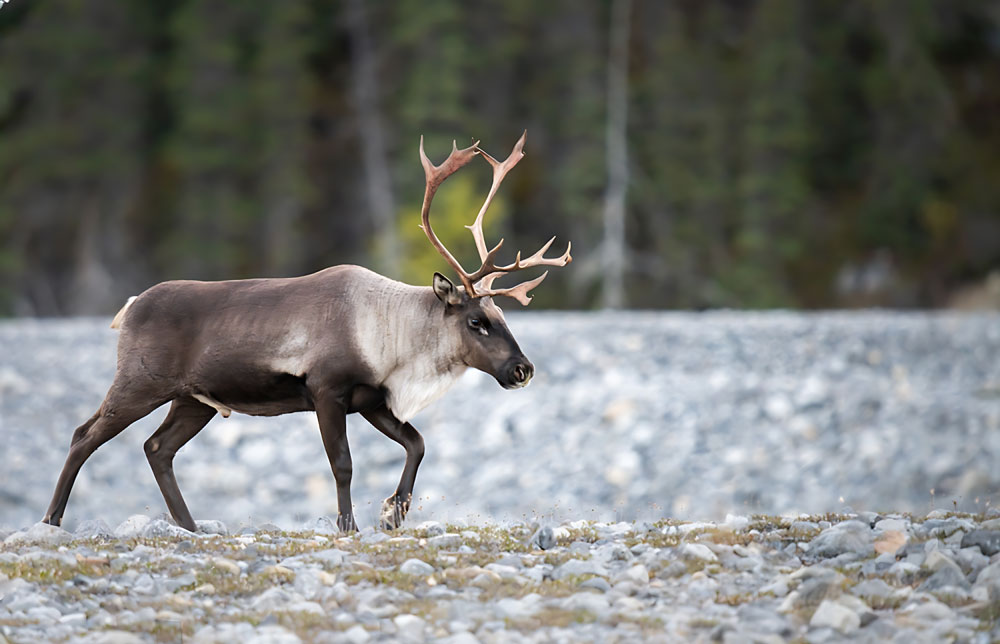Mountain caribou are an ecotype of woodland caribou that inhabit the steep interior ranges of British Columbia and extend into northern Idaho and eastern Washington. They are similar in size and appearance to other woodland caribou but spend winters in high‑elevation old‑growth forests where they feed almost exclusively on hanging lichens. This unique niche and small population size make mountain caribou one of Canada’s most endangered large mammals.

Where limited hunting is allowed, mountain caribou hunts are arduous adventures requiring horseback travel or helicopter drops into remote basins. Guides glass timberline meadows and lichen‑laden slopes for solitary bulls and then make careful stalks. Seasons are short, typically in September and early October, before heavy snow isolates herds. Because numbers are low, only a handful of tags are issued, often as part of indigenous management programs.
Mountain caribou populations have declined due to habitat loss, disturbance from snowmobiles and heli‑skiing, and increased predation. They inhabit old‑growth forests above 4,000 feet and depend on arboreal lichens that grow in stands of Engelmann spruce, western red cedar and hemlock. Consequently, hunting is closed in most jurisdictions. Conservation efforts focus on protecting and restoring old‑growth forests, creating predator‑free maternity pens and reducing human disturbance.
These caribou undertake seasonal vertical migrations, descending to lower elevations in early winter and climbing back up as snow recedes. Large, concave hooves and widely separated dew claws act as snowshoes and paddles, enabling them to traverse deep snow and boggy terrain. Females produce a single calf after a 7–8‑month gestation and may spend several months in secluded areas with their young.
Mountain Caribou can be found in the following location:
Mountain Caribou has the following variations:
- (Varieties to be confirmed)
Start Your Adventure



